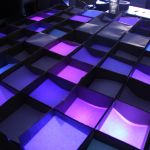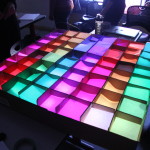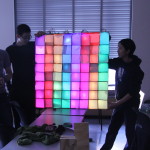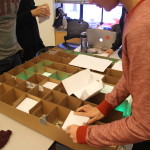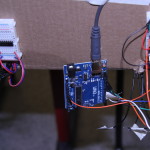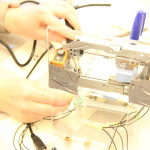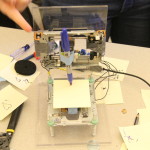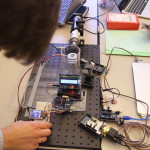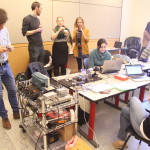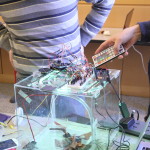
I co-led an 8 day workshop during MIT’s IAP 2016 called “Collaborative Design with Arduino” along with Kyle Keane and Mark Vrablic. After an initial day of instruction students participated in a two day team micro project, then formed teams for final group projects. January 11—21 2016. Sponsored by MIT-SUTD Collaboration, Materials Science and Engineering and Craig Carter, Professor, Materials Science and Engineering.
Final Presentation Videos
Group Project Photos
LED Table
Bio Image
Mini EDB
Weatherbox
Course Description
This is an 8-day experiential immersion into electronics and prototyping where participants will learn all of the foundational skills required to collaborate, design, and build complete electronics projects using open-source microprocessors. No previous experience with computer programming or electronics is required, since participants will be taught everything they need to know. Advanced students are welcome and will be accommodated with a faster pace and more free time to work on projects. Each day during the first week, there will be a short (20 minute) lecture about some aspect of building collaborative Arduino projects. Following the lectures, participants will break into small teams (2-4 members per team) to complete an activity that requires the application of the concepts covered in the lecture. Participants will be encouraged to form a new team every day during the first week. The five concepts that will be covered sequentially are: collaborating on software development using GitHub, the basics of electricity and circuits, programming Arduino microcontrollers, physical computing and tangible interfaces, and the complete design process. During the second week, participants will divide into slightly larger teams (3-6 members per team). These teams will have three days to design, plan, and build a final project that they will present to the rest of the course participants on the last day of the course.
